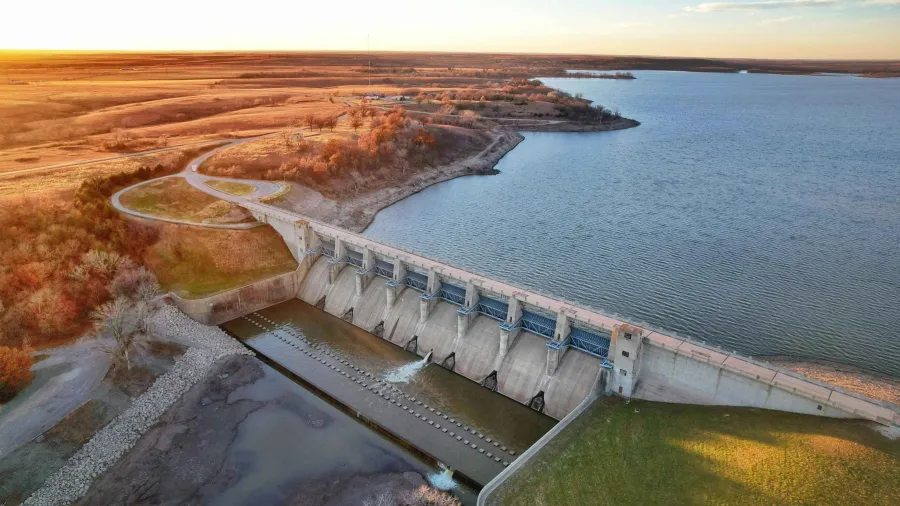
Chinese firms install 24 GW of energy capacity in Belt & Road countries
Aside from solar, hydro power led last year’s installations.
Chinese companies installed a record of 24 gigawatts of energy capacity in Belt & Road (B&R) countries in 2024, doubling the installations in 2023 and marking the highest level of investment since the initiative was launched in 2013.
According to Wood Mackenzie’s “Record Chinese overseas power project completion in 2024: Update on the Belt & Road Initiative,” 52% of the projects were renewables, which includes 8 gigawatts (GW) of solar power and 5 GW of hydroelectric power. Solar energy made up two-thirds of the clean energy capacity added in 2024.
In contrast, 48% of the projects were thermal power, which included 6 GW of legacy coal plants and 6 GW of gas and oil plants.
“As Chinese manufacturers drive down the costs of renewable power technology, Chinese companies are leading its deployment in many developing markets that could not previously afford it,” said Alex Whitworth, vice president, head of Asia Pacific power and renewables research at Wood Mackenzie.
The report also noted that 19 GW of coal power projects remain in the pipeline, but they may face cancellations amidst the shift to cleaner sources and China’s policy of "No new overseas coal power" announced in 2021. Additionally, 9 GW of gas projects are currently under construction or in the planning stages.
Since the launch of B&R, Chinese companies have installed 156 GW of power projects in participating countries, which is 1.5 times the total installed capacity of Australia as of 2024, Wood Mackenzie said.
Developing countries remain the primary focus of the initiative, with Asia accounting for 70% of the installed capacity. Pakistan, Indonesia, Vietnam, Saudi Arabia, and Malaysia are the top markets of B&R.
“Chinese companies are more and more involved in investing in renewable power in the top five B&R markets. Five years ago, they accounted for only 7% of the wind and solar capacity in these markets. However, this share has risen to over 60% in 2024, and it could reach 80% by 2030 if the current trend continues,” said Yanqi Cao, managing consultant, Asia Pacific power research at Wood Mackenzie.

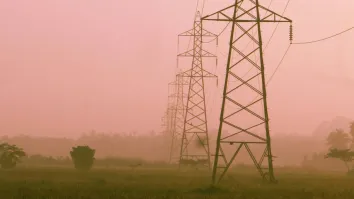


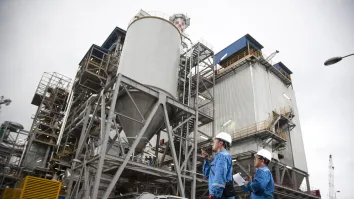
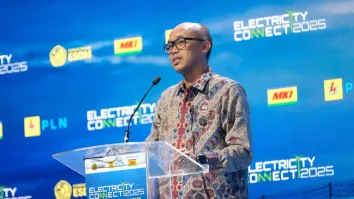


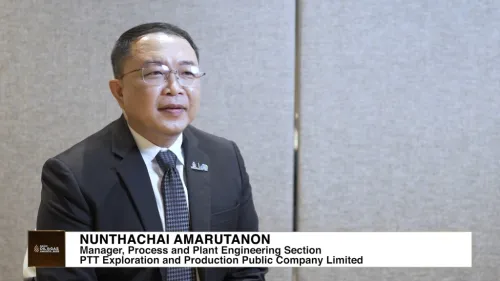
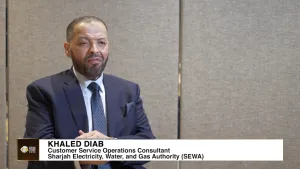

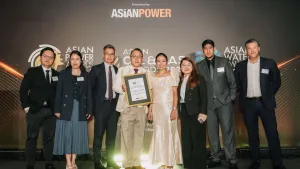
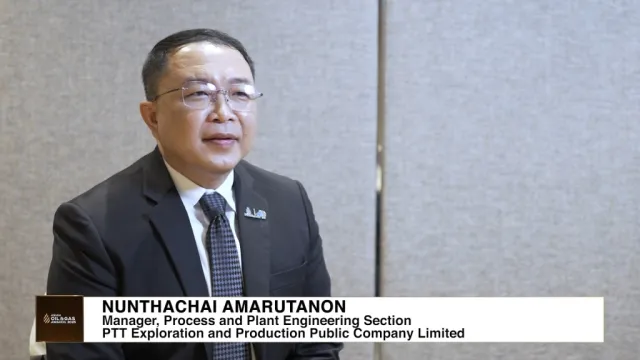

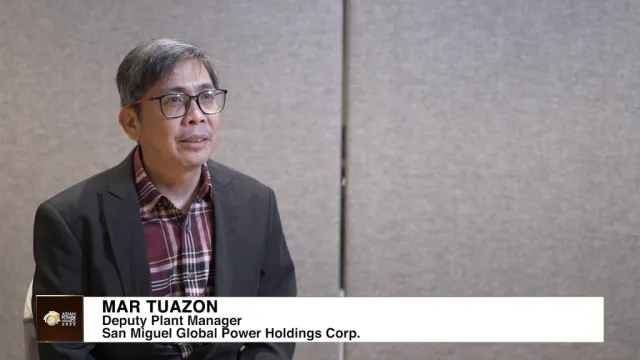
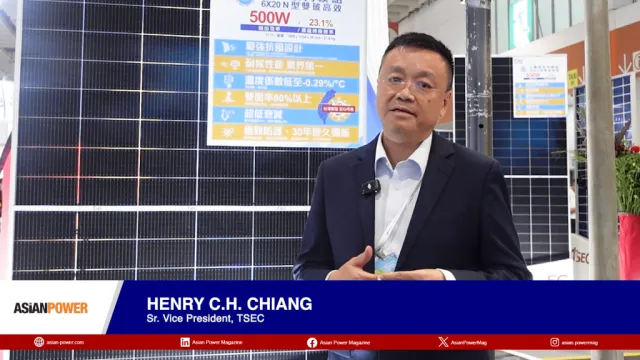

 Advertise
Advertise








